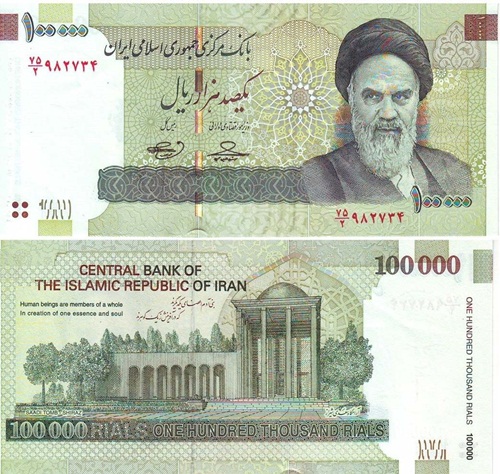April 19, 2019

In the first week after Now Ruz, the US dollar was selling in the range of 130,000 to 133,000 rials, according to the Sanarate reports run by the Central Bank, and 133,000 to 137,000, according to Bonbast, a private exchange rate reporting website.
On April 8, when the US announced the designation of the Pasdaran, the exchange rate jumped to 142,681, according to Sanarate, and 143,500, according to Bonbast. In succeeding days, the rate drop back a bit to around 136,000, according to Sanarate, and 139,000, according to Bonbast, on April 15.
Two other private websites monitored by the Iran Times, Mesghal and 2gheroon, priced the rial between the rates cited April 15 by Sanarate and Bonbast.
Meanwhile, the government has further restricted access to funds at the official exchange rate of 42,000 rials to the dollar. Those funds are officially available for food and pharmaceuticals and a few other imports, such as paper for publications and truck tires.
But on April 10, the government said the official rate would no longer be available for imports of red meat. Importers of red meat will now have to get their foreign exchange on the foreign exchange market known as NIMA, where the price is slightly more than double the official rate.
The Financial Tribune said about 90 percent of the red meat consumed in Iran is provided domestically, which would suggest the new foreign exchange rule won’t have a major impact. But meat prices have already soared in the past year, with many families halting all reed meat purchases.
